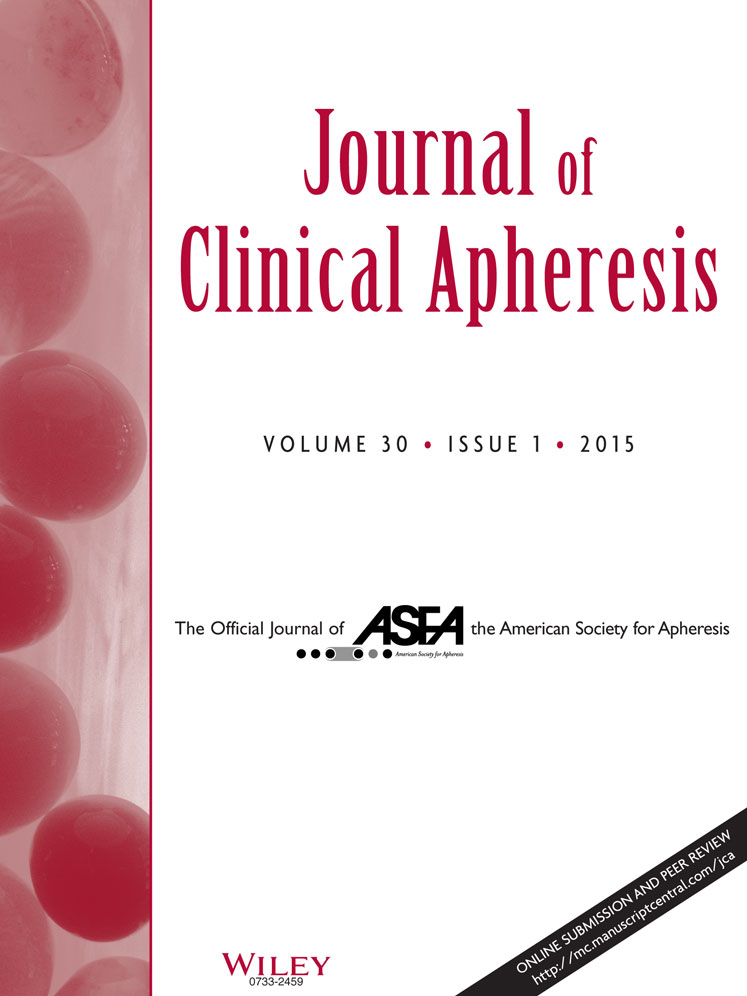Immunoadsorption therapy for neuromyelitis optica spectrum disorders long after the acute phase
Abstract
Neuromyelitis optica (NMO) is a severe inflammatory demyelinating disease with exacerbations involving recurrent or bilateral optic neuritis and longitudinally extensive transverse myelitis. Pulse steroid therapy is recommended as the initial, acute-phase treatment for NMO. If ineffective, treatment with plasma exchange (PE) should commence. However, no evidence exists to support the effectiveness of PE long after the acute phase. Immunoadsorption therapy (IA) eliminates pathogenic antibodies while sparing other plasma proteins. With IA, side effects of PE resulting from protein substitution can be avoided. However, whether IA is effective for NMO remains unclear. We describe a patient with anti-aquaporin-4-positive myelitis who responded to IA using a tryptophan polyvinyl alcohol gel column that was begun 52 days after disease onset following the acute phase. Even long after the acute phase when symptoms appear to be stable, IA may be effective and should not be excluded as a treatment choice. J. Clin. Apheresis 30:43–45, 2015. © 2014 Wiley Periodicals, Inc.




